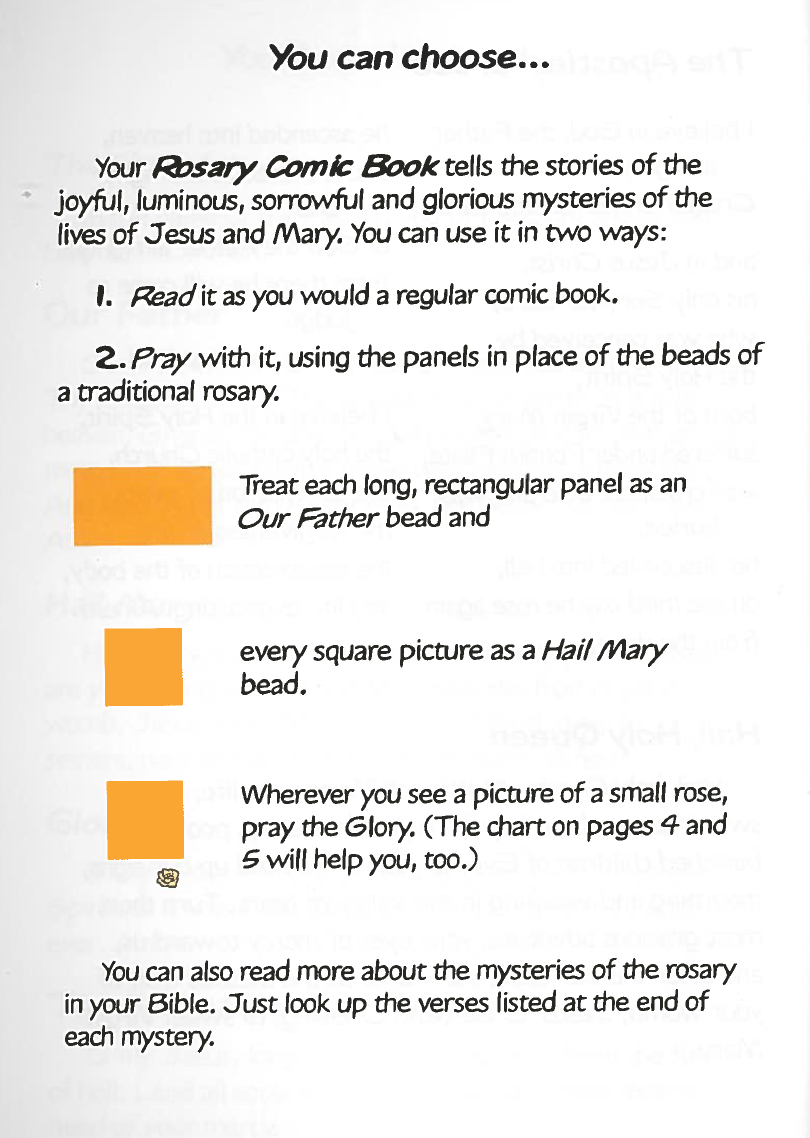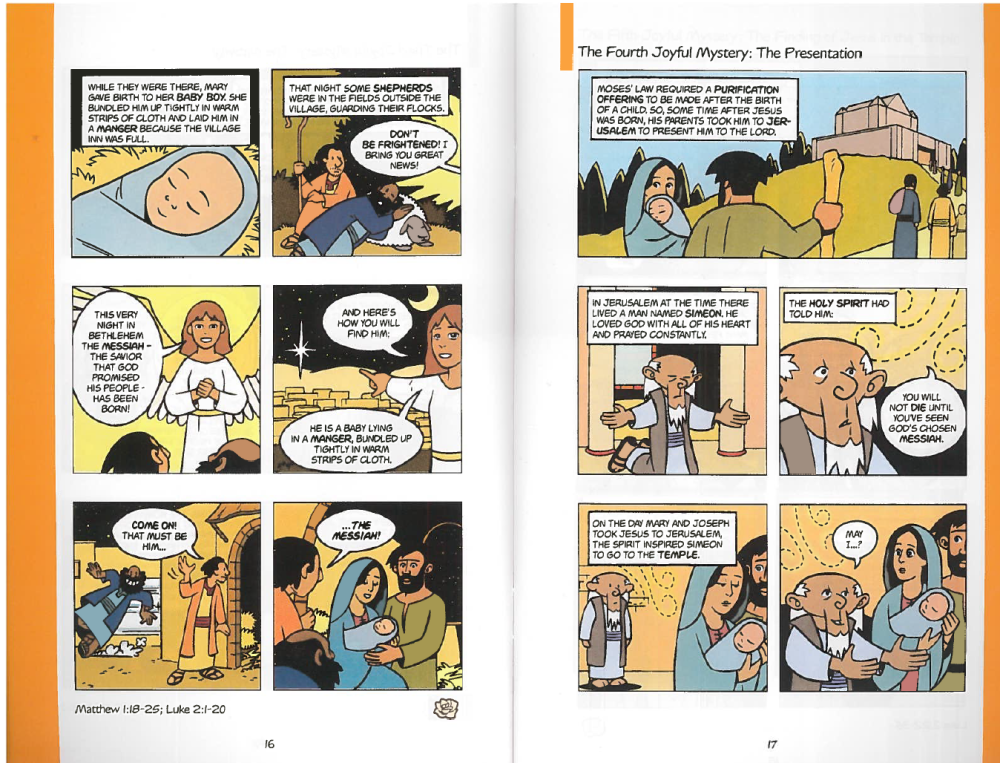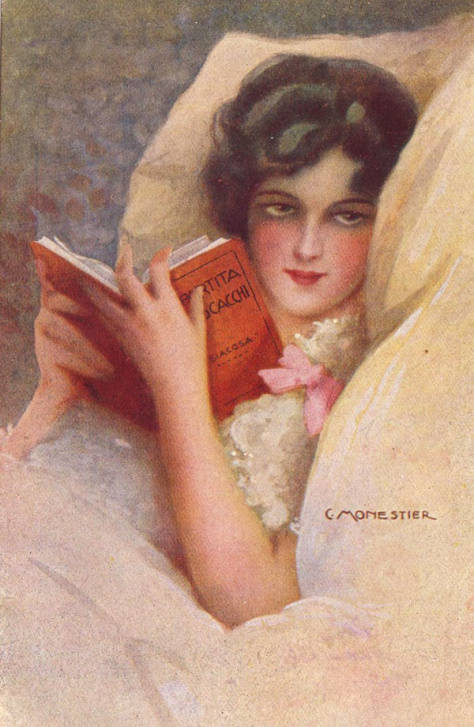Is Jesus the Reason for the Season?
The other day, at the gym, the woman at the reception desk was wearing a pin with the holiday greeting: “Jesus is the reason for the season.” I really wanted to engage her in a discussion of how the reason for the season may be older than Jesus (Saturnalia, Winter Solstice, etc.), and that many of the things that we celebrate during Christmas have little or nothing to do with Jesus or Christianity at all (mistletoe? Christmas tree?), but I quickly envisioned the conversation in my head and decided that it would not probably end well, so I decided to just keep walking and get to my workout. I also did not want to sound like Sheldon in the Big Bang Theory:
But since, for a lot of people, Jesus is the reason for the season, I wanted to dedicate this Christmas post to a work that reflects and honors the spirit of Christmas as a Jesus-centered Christian holiday, and it fits within the scope of my blog of discussing contemporary works of popular culture that deal in interesting ways with religion. I am referring to The Rosary, a little known comic book by American artist Gene Luen Yang that depicts the life of Jesus following the mysteries of the Catholic rosary.

Gene Luen Yang (born 1973) became a well-know artist in the comic book world with the publication of his 2006 Graphic Novel American Born Chinese (First Second Books, 2006), a semiautobiographical work in which he explored the challenges and struggles of growing up as a Chinese American in San Francisco. Since then, he has published remarkable works such as Boxers and Saints (First Second Books, 2013), and has had a successful run as the most recent head writer for Superman (Vol.3 #41–50, with art by John Romita Jr.), as well as creating a Chinese version of the traditional DC superhero in New Super-man. His work earned him in 2016 the prestigious McArthur “Genius” Fellowship, one of the very few comic book artists to ever have won that award.
Gene Luen Yang’s work is compelling for his presentation of issues of cultural identity and assimilation, but his comic books also reflect an earnest and sincere exploration of the important role that faith and religion play in the life of individuals and society at large. This is obvious in works like Boxers and Saints, in which he explores his inner tensions as a Chinese but also as a Catholic through the lens of the Chinese Boxer Rebellion, and anti-colonial and anti-Christian rebellion that took place in China in 1899.
The Rosary Comic Book: Reading as PrayerOne of the most direct and intimate reflections of the role that religion plays in his own life, and in particular his Catholic faith, can be found in one of his earlier works, the aforementioned comic book The Rosary (Pauline Books, 2003). In the Catholic tradition, the Rosary is a prayer structured around the so-called mysteries, or key events in the life of Jesus, from his birth to his resurrection. There are twenty mysteries, grouped in four groups of five:
Joyful Mysteries
Luminous Mysteries
Sorrowful Mysteries
Glorious Mysteries
As the practitioner recalls each of the mysteries of important events in the life of Jesus, he prays in sequence the Our Father, 10 Hail Marys, and the Glory. In order to keep track of the prayers, the devotee uses a rosary or prayer beads that allow him to count the number of prayers necessary in order to complete the recitation of all the mysteries. The actual practice is a bit more complicated, but Gene Luen Yang manages to explain it in a simple an visual way:

What makes the comic book remarkable is that he uses a medium generally considered for children as a tool to introduce younger people to the beauty and the practice of the Rosary. I grew up Catholic in Spain, and I was only familiar with the Rosary as a prayer that older people (my grandmother!) would do at home for devotional purposes. There was never an explanation of why it was done, and what was the message or spiritual lesson behind it. What mattered was that it needed to be done. That’s the power of ritual. Gene Luen Yang, as Catholic as he is, has also learned that if you want to introduce younger kids to such traditional ritual practices, it is important to explain to them why it is important to do so, and he does it in a compelling way, by visually constructing a rosary out of his own comic book. The reader, then, is able to practice the rosary by simply following each of the pages of his comic book. Here is his own explanation:

The great religious studies scholar Victor Turner gave a classic definition of ritual as “a stereotyped sequence of activities involving gestures, words, and objects, performed in a sequestered place, and designed to influence preternatural entities or forces on behalf of the actors’ goals and interests” (Turner 1977, Symbols in African Ritual. In Symbolic anthropology: A reader in the study of symbols and meanings). Turner also spoke of ritual as “storehouses of meaningful symbols by which information is revealed and regarded as authoritative, as dealing with the crucial values of the community (Turner 1968, The drums of affliction: A study of religious processes among the Ndembu of Zambia).” The Rosary Comic Book accomplishes the traditional goals of ritual by becoming a new way to articulate the “stereotyped sequence of activities involving gestures, words, and objects,” meant to invoke to the practitioner the life of Jesus. The various panels, also become the storehouse of the symbols that convey meaning to the Catholic community, although in this case, the community is defined as the younger members of the Catholic church to whom this comic book is intended.

The final result, then, is not only a comic book, it is an actual rosary. The comic book is transformed not only into a vehicle for prayer, the comic book IS the prayer. Each panel becomes a meditation on the various chapters of the life of Jesus, and the prayers that have to be said in each panel become a way to ritually familiarize oneself with his life and deeds. The Rosary makes ritual compelling, engaging, and fun, while still preserving its traditional function… not a small feat for anyone who has ever attempted to pray the Rosary!
And with that, and since I don’t want to assume that everyone believes that Jesus is the reason for the season, I wish you all Happy Holidays, whatever those holidays may be…
Advertisements Share this:
- More





